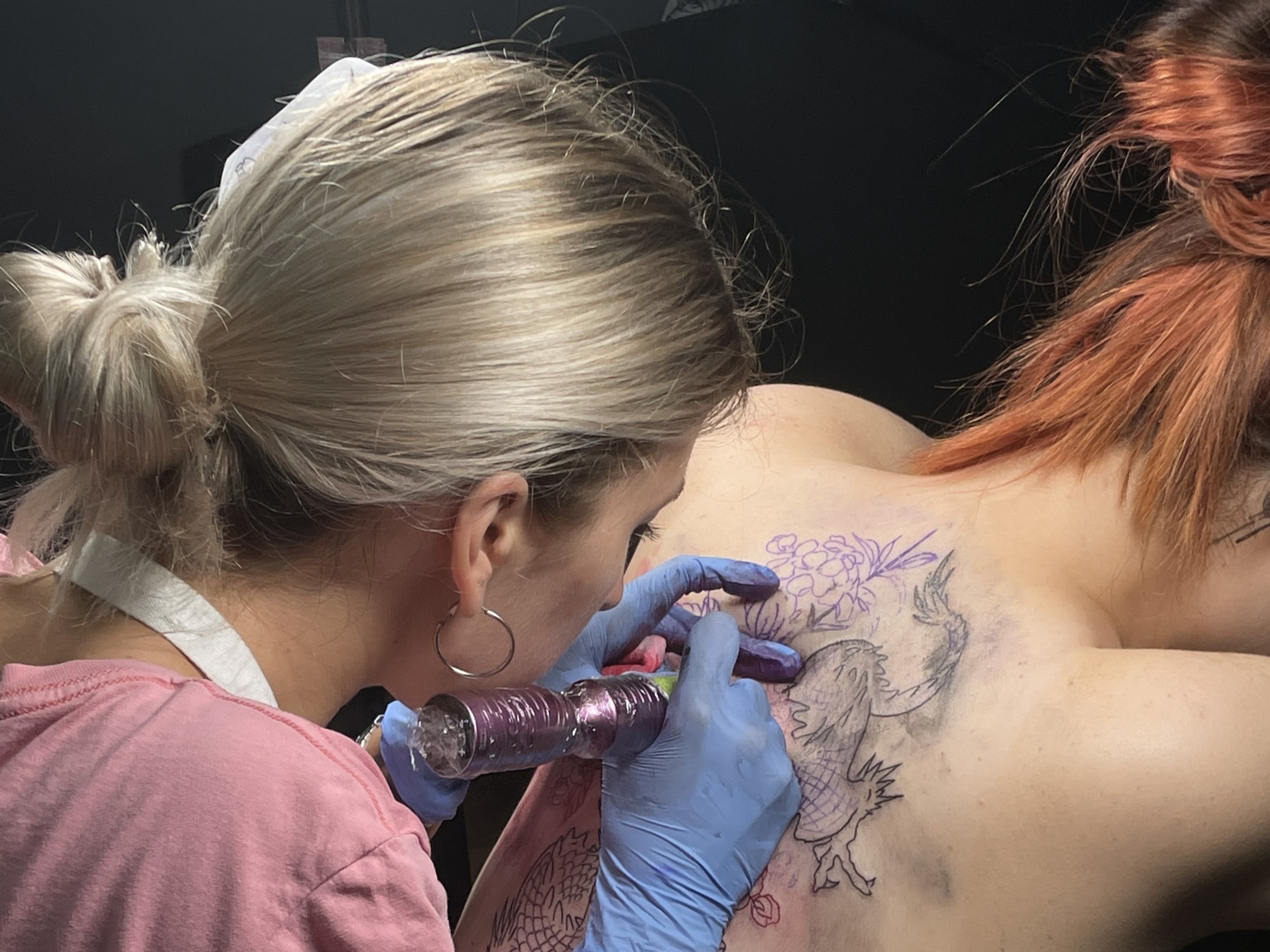
Tattoos have long since gone beyond subcultures and have become a part of everyday life. They are applied by students and office workers, doctors and artists, men and women of all ages. However, along with the growth of the popularity of tattoos, the number of questions is also growing: is it safe for health? Are there any risks? In this article, we will consider the effect of tattoos on the human body.
Content
- How a tattoo works: a brief overview of the process
- Main risks and potential harm
- Allergic reactions
- Infections
- Scarring and granuloma formation
- Reactions during MRI
- Long-term exposure to toxins
- What scientific research says
- Who should be especially careful?
- How to make a tattoo safe?
- Harmful or safe?
How a tattoo works: a brief overview of the process
The process of tattooing involves the introduction of ink under the upper layer of the skin — the epidermis — directly into the dermis. That is why the drawing is preserved for life. But this process is not only about aesthetics, but also about the impact on the immune, skin and sometimes even systemic reactions of the body.
Main risks and potential harm
Allergic reactions
Some pigments, especially red ones, can cause allergies. The reaction can occur immediately after the procedure, or after several months or even years.
Infections
If sterility is compromised, there is a risk of infection with bacteria (staphylococcus, streptococcus), as well as viruses – hepatitis B and C, HIV. That is why choosing a certified master who adheres to all hygiene standards is critically important.
Scarring and granuloma formation
Sometimes the body perceives pigment particles as foreign bodies, which causes lumps (granulomas) or keloid scars to form.
Reactions during MRI
Although rare, tattoos can cause a burning sensation or irritation during an MRI scan.
Long-term exposure to toxins
Some inks contain heavy metals (lead, arsenic, cadmium) that can potentially accumulate in lymph nodes. Animal studies have shown the possibility of negative effects, but large-scale human studies are still ongoing.
What scientific research says
The European Chemicals Agency (ECHA) restricted the use of over 4,000 chemicals in tattoo inks in 2022. This is due to potential carcinogenicity, reproductive toxicity, and the ability to cause allergies.
At the same time, studies conducted by the American Dermatological Association show that with proper sterility and the use of certified inks, tattoos do not have a serious impact on the health of most people.
Who should be especially careful?
• People with chronic skin diseases (psoriasis, dermatitis)
• People with autoimmune diseases
• Pregnant women (due to hormonal changes and risk of infections)
• Allergy sufferers
• Those who have problems with blood clotting
How to make a tattoo safe?
1. Choose a master with a license and good reviews.
2. Check if disposable instruments are used.
3. Specify what kind of paints are used and whether they are certified.
4. Follow tattoo care tips in the first few days after the procedure.
5. Do not get tattoos “on the go” or in questionable conditions (on the beach, at home, etc.).
Harmful or safe?
Tattoos are not completely safe, but if you follow all the rules, they do not cause significant harm to the body. Most complications arise from neglect of hygiene or the use of poor-quality paints. A balanced approach, consultation with a dermatologist and the choice of a professional artist are the key to a safe tattoo experience.
As a reminder, we previously wrote about 7 subtle symptoms that may indicate high blood sugar levels.

